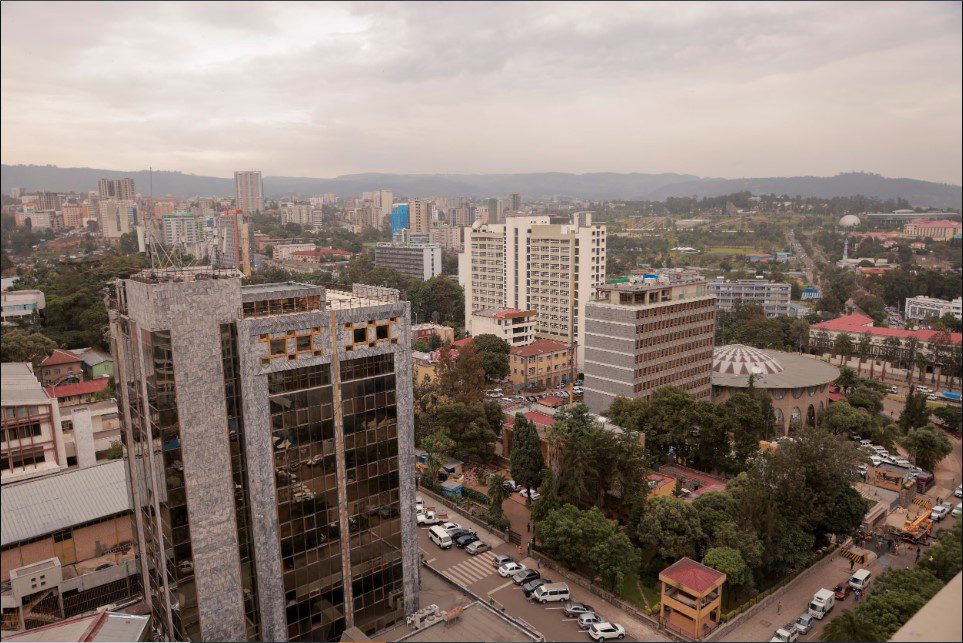Ethiopia’s new $1 billion Development Policy Operation from the World Bank is obviously a chance to reset the country’s economic trajectory in ways that will ultimately reshape how businesses and consumers interact. While the headlines highlight debt restructuring and IMF-backed reforms, the deeper story is about the foundations being laid for a more predictable market environment, one where consumer behaviour, purchasing power, and private sector confidence could begin to stabilise.
At its core, the package buys Ethiopia time. By focusing first on stabilising the financial sector, policymakers are signalling a commitment to restoring trust in banks and ensuring access to credit. For local consumers, this can translate into more reliable financial services and a gradual return of confidence in formal banking channels. For businesses, especially exporters, a steadier supply of foreign exchange could begin to ease the uncertainties that have disrupted trade flows.
The second priority is enhancing domestic revenue mobilisation, and this carries implications for both citizens and companies. Tax reforms are rarely easy, but a more transparent and broadened system could support long-term growth and reduce the unpredictability that distorts household and business planning. For market watchers, how these changes impact consumer disposable income and spending behaviour will be a critical barometer of success.
Finally, the drive to boost trade competitiveness hints at a bigger shift: positioning Ethiopia as a more open and attractive market for private capital. If reforms are sequenced carefully, the country could transition towards a model where local industries grow not just through state intervention but by meeting consumer demand and attracting investment that responds to it.
For Africa’s wider economic community, Ethiopia’s experience offers a case study in the sequencing of reform: stabilise, mobilise, then liberalise. And for those of us in the business of understanding markets, the real insights will come from tracking how these high-level policy shifts play out in the daily realities of consumers, their ability to save, to borrow, to spend, and to participate in a more resilient economy.








